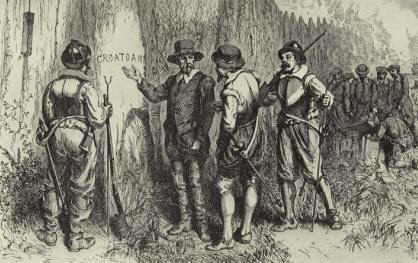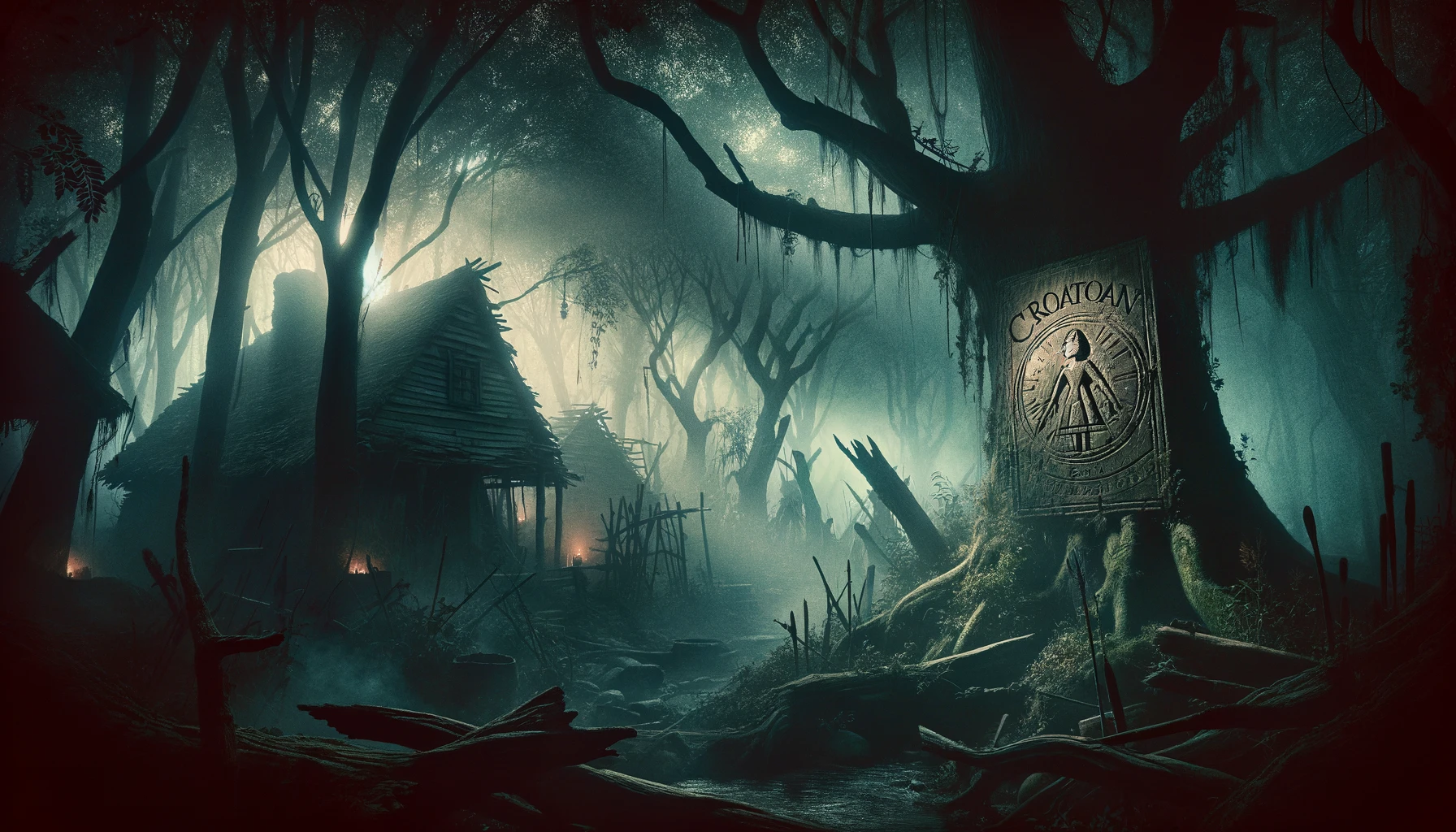The Roanoke Colony, also known as the Lost Colony of Roanoke, remains one of America’s most enduring mysteries. Established in 1587 on Roanoke Island, present-day North Carolina, this English settlement vanished without a trace, leaving behind only cryptic clues. The Roanoke Colony mystery has captivated historians, archaeologists, and mystery enthusiasts for centuries. The search for answers continues to this day.
The Establishment of the 1587 Roanoke Colony
In 1587, Sir Walter Raleigh sponsored an expedition to establish a permanent English settlement in the New World. Led by John White, a group of 115 settlers, including men, women, and children, landed on Roanoke Island. The goal was to establish a base for privateering and to create a foothold for English expansion in the Americas.
The settlers faced immediate challenges, including hostile relations with local Native American tribes and limited supplies. Despite these hardships, they persevered, hoping for a prosperous future.
The Roanoke Disappearance
In August 1587, shortly after the birth of his granddaughter, Virginia Dare, the first English child born in the New World, John White returned to England to gather additional supplies and support for the struggling colony. Due to the outbreak of the Anglo-Spanish War, White’s return to Roanoke was delayed until 1590.
Upon his return, White found the settlement deserted. The colonists had vanished, leaving behind only a few cryptic clues. The word “CROATOAN” was carved into a post, and “CRO” was etched into a tree. There were no signs of a struggle or evidence of what had happened to the settlers.

Theories Surrounding the Lost Colony of Roanoke
The Roanoke disappearance has spawned numerous theories over the years. Here are some of the most prominent:
- Integration with Native Tribes: One of the most plausible theories is that the colonists sought refuge with nearby Native American tribes, such as the Croatans. This theory is supported by the “CROATOAN” carving and accounts of European settlers encountering Native Americans with European features in later years.
- Spanish Attack: Some historians suggest that Spanish forces, wary of English encroachment in the New World, may have destroyed the colony. However, no concrete evidence has been found to support this theory.
- Relocation: Another possibility is that the settlers attempted to relocate to a more hospitable area. They may have moved inland or to a different coastal location, but without sufficient supplies and support, they likely perished.
- Disease and Starvation: The harsh conditions on Roanoke Island, coupled with limited resources and potential conflict with Native tribes, could have led to disease and starvation, causing the settlers to disperse in search of sustenance.
- Supernatural Explanations: While not supported by evidence, some theories venture into the realm of the supernatural, suggesting that the colonists fell victim to otherworldly forces or curses.
The Ongoing Search for Answers
Despite numerous expeditions and research efforts, the fate of the Roanoke Colony remains unresolved. Modern archaeological digs and technological advancements continue to shed new light on this historical enigma. Researchers have discovered European artifacts on Hatteras Island (formerly Croatoan Island), suggesting some level of interaction between the colonists and Native tribes.
The mystery of the Lost Colony of Roanoke persists as a captivating tale of exploration, survival, and the unknown. As historians and archaeologists piece together fragments of the past, the story of Roanoke serves as a poignant reminder of the challenges faced by early settlers in the New World and the enduring allure of mysteries.
Conclusion
The Roanoke Colony mystery continues to fascinate and perplex us. From the cryptic “CROATOAN” carving to the numerous hypotheses about the settlers’ fate, the lost colony of Roanoke endures as a symbol of America’s early exploration and the enduring quest for answers. As we uncover more about this enigmatic chapter in history, the story of the Roanoke Colony remains a testament to the resilience and mystery of the human spirit.

